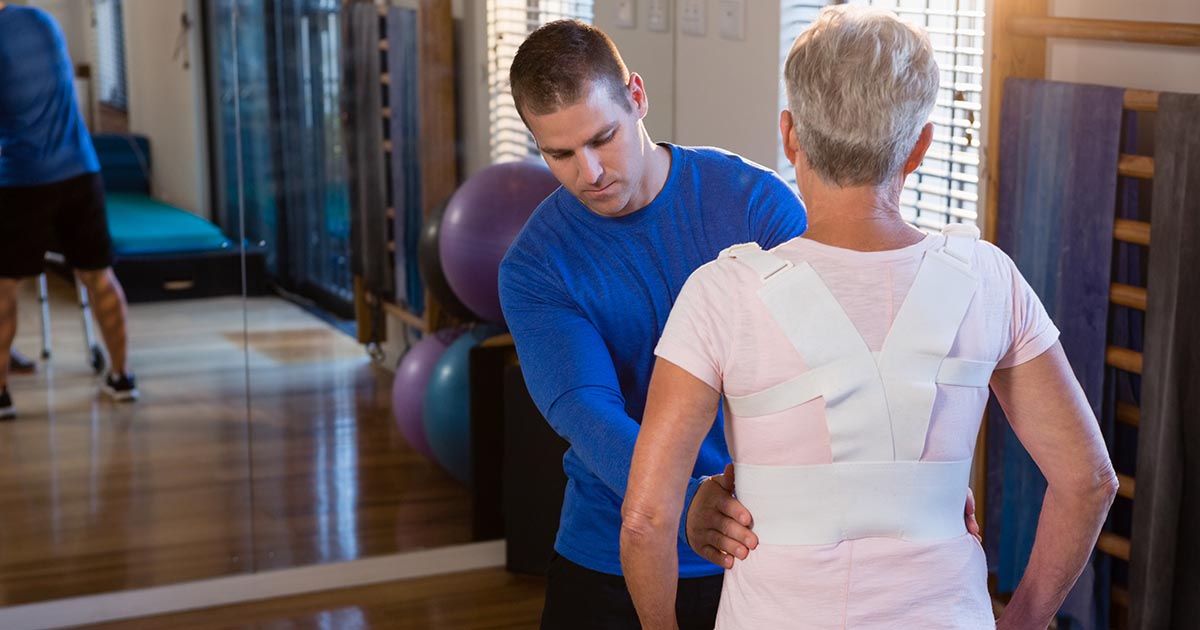Serious Symptoms Of Ataxia-Telangiectasia
Ataxia-telangiectasia is a neurodegenerative disorder that appears during infancy and childhood years. This condition is known to produce impairments in immune system function, the ability to move, and problems with the skin. Ataxia-telangiectasia is a disorder caused by an inherited genetic mutation from an individual's parents in an autosomal recessive fashion. The affected gene is called the ATM gene and is located on chromosome 11. Only one individual in every 40,000 to 100,000 live births is affected by ataxia-telangiectasia. The diagnosis is made with the use of a physical examination, genetic karyotyping, MRI scans, and blood tests. Treatment for ataxia-telangiectasia focuses on the management of symptoms and the prevention of complications. Antibiotic medications, gamma globulin injections, postural drainage of lungs and bronchial tubes, avoidance of sunlight, vitamin E therapy, Diazepam, genetic counseling, and physical therapy may be part of a patient's treatment plan.
Get the details regarding the symptoms of ataxia-telangiectasia now.
Poor Coordination

A healthy individual's body movements do not require a significant amount of effort and flow together seamlessly, such as throwing a ball, picking up an object, and walking. To produce these movements, muscle groups made of several independent muscles must work together perfectly. Uncoordinated movement and poor coordination describe when there is an interruption in the communication process between the brain, the muscles, and the muscle systems required to produce normal coordinated movements. An individual affected by ataxia-telangiectasia may begin to lose their balance easily when walking and or standing. A patient may lose the ability to perform tasks that require fine motor skills such as pouring a glass of milk, buttoning a shirt, handwriting, or eating with utensils. An individual who has poor coordination due to ataxia-telangiectasia may eventually lose their ability to move their arms and legs.
Read more about the symptoms of ataxia-telangiectasia now.